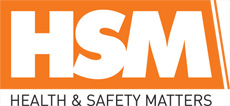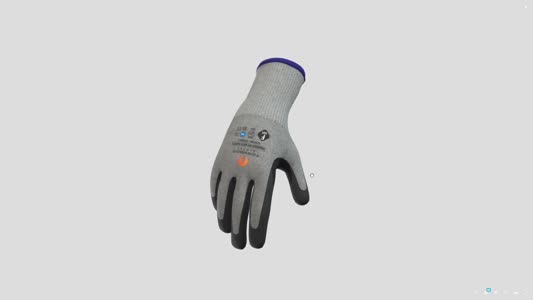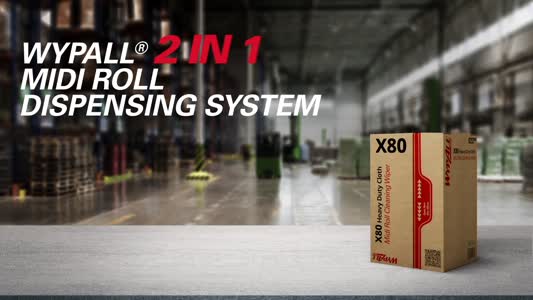
 |
Mark Sennett
Managing Editor |
 |
Kelly Rose
Editor |
ARTICLE
Economic incentives improve health & safety, says european report
23 January 2013
Research undertaken by the European Agency for Safety and Health at Work (EUOSHA) suggests that economic incentive schemes encouraging companies to invest in risk prevention are a cost-effective option for governments looking to cut the numbers of work-related accidents and illnesses.
Research undertaken by the European Agency for Safety and Health at Work (EUOSHA) suggests that economic incentive schemes encouraging companies to invest in risk prevention are a cost-effective option for governments looking to cut the numbers of work-related accidents and illnesses.
Many EU Member States already offer various kinds of financial reward for businesses that invest in keeping their employees safe. These rewards range from lower insurance premiums, state subsidies and grants, through to tax breaks, and preferential terms for bank loans for the bestperforming businesses.
Three out of 14 case studies highlighted in the project provided sufficient data to conduct a costbenefit analysis. All three resulted in a positive payout ratio, ranging from 1.01 - 4.81 Euros return for every Euro invested. Quantitative criteria covered accident rates, sick leave, and general improvement in working conditions.
For example, an incentive scheme introduced in the German butchery sector in 2002 led to a 28% fall in reportable accidents over the following six years compared to a 16% fall in the sector as a whole. In total numbers this means there were about 1000 fewer accidents per year in incentivised companies.
The report and a factsheet are available to download from:
http://osha.europa.eu/en/topics/economic-incentives
Many EU Member States already offer various kinds of financial reward for businesses that invest in keeping their employees safe. These rewards range from lower insurance premiums, state subsidies and grants, through to tax breaks, and preferential terms for bank loans for the bestperforming businesses.
Three out of 14 case studies highlighted in the project provided sufficient data to conduct a costbenefit analysis. All three resulted in a positive payout ratio, ranging from 1.01 - 4.81 Euros return for every Euro invested. Quantitative criteria covered accident rates, sick leave, and general improvement in working conditions.
For example, an incentive scheme introduced in the German butchery sector in 2002 led to a 28% fall in reportable accidents over the following six years compared to a 16% fall in the sector as a whole. In total numbers this means there were about 1000 fewer accidents per year in incentivised companies.
The report and a factsheet are available to download from:
http://osha.europa.eu/en/topics/economic-incentives
MORE FROM THIS COMPANY
- Good at safe maintenance?
- Healthy staff are more productive, says safety body
- New web platform to connect occupational safety and health community goes live
- EU-OSHA launches Healthy Workplace campaign
- Working together key to tackling stress
- Good at safe maintenance?
- Wind energy: Healthy for the environment, but how healthy for workers?
- Working better together
- Safety 'an investment not a cost' says european safety body
- European Week for Safety and Health at Work kicks off
RELATED ARTICLES
- No related articles listed
OTHER ARTICLES IN THIS SECTION























